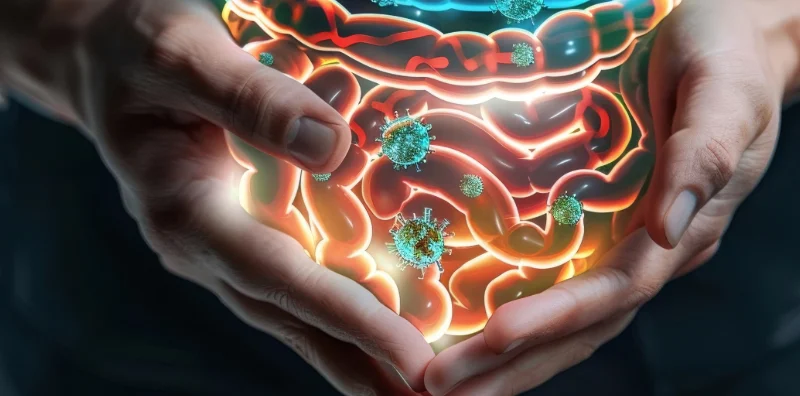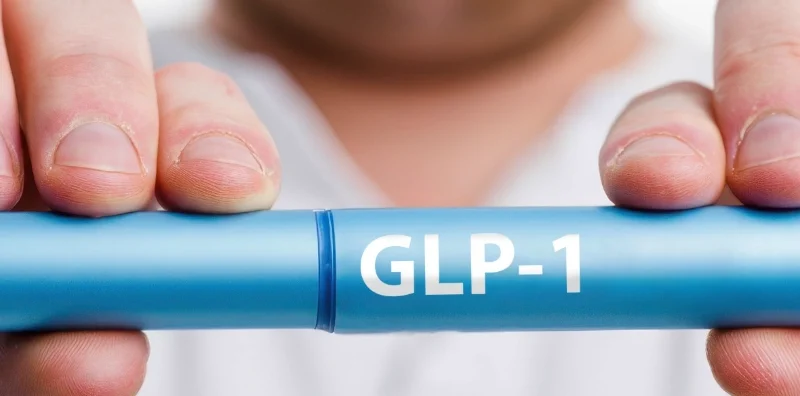The Journal of the American Medical Association recently published an article on tips for using GLP-1 drugs (1). Are these tips valid? Let’s find out?
First, here are the facts of weight loss versus lean body mass loss. You can expect to lose, on average, about 15—20 percent of your initial body weight. However, approximately 40 percent of your initial weight consists of lean body mass. This means you will lose about 10-15 percent of your stored body fat.
If you determine obesity by percent body fat instead of weight, this means you go from being very obese to being only slightly less obese. You are still at high risk of cardiovascular complications. This is why all of the drug commercials on TV feature actors who are still obese.
Furthermore, all of this fat loss occurs in the first year, so to maintain it, you have to take the drug forever. Most people don’t. Nearly half of those trying to lose weight usually stop within a year (2). What happens when you stop taking the drug? The lost weight returns. According to animal studies, when this happens, your risk of cardiovascular events increases (3).
Now for their tips.
1. Eat protein. I agree with this tip. You will need at least 30 grams of protein at each meal to release GLP-1 naturally from the gut that goes directly to the brain to shut down hunger. This is more than the recommendation suggested in the JAMA article. It is the appetite suppression induced by high levels of GLP-1 reaching the brain to inhibit hunger that activates AMPK in the adipose tissue to burn excess fat.
If that is the case, why take the drug? It’s because most people rarely meet this basic protein requirement at each meal. They think it is simpler to inject a drug once a week than to plan your meals ahead of time. What if you eat more than 30 grams of protein at a meal? If you consume more than 40 grams of protein at a meal, you will increase hunger by causing the release of insulin that inhibits the fat-burning activity of AMPK. Furthermore, their recommendation of taking a protein shake at each meal gets boring after two days.
2. You need to balance protein with carbohydrate with a dash of fat. Again, I agree with this as long as you consume about 40 grams of carbohydrates with the 30 grams of protein. It’s their execution that is suspect.
Oatmeal is an excellent choice for breakfast due to its high fiber content; however, it does take some time to prepare. ZoneRx® Oatmeal makes it easy since you prepare it the night before. If you want to lose stored fat, you have to make sure all your carbohydrates are rich in fermentable fiber. The bacteria in the gut metabolize it to short-chain fatty acids that enhance the natural release of GLP-1 if you have adequate protein at a meal, as well as acting as signaling agents to reduce inflammation that causes fat accumulation.
Your best carbohydrate choice for other meals is non-starchy vegetables, especially the ABCs (asparagus, artichokes, broccoli, cauliflower, and spinach). These carbohydrates are high in protein, rich in fermentable fiber, contain polyphenols, and are hard to overconsume. On the other hand, fruits contain virtually no protein but do contain a lot of simple sugars that inhibit AMPK—and they are easy to overconsume.
Finally, add some fat, but since it contains calories, just add a dash to every meal. The best fat source is always extra virgin oil, as it contains polyphenols and enhances the flavor of any vegetable, much like the experience you get at an Italian restaurant in Italy. One tablespoon of extra virgin olive oil will give you about 15 grams of fat at a meal.
Add all of those macronutrients together and you get 400-500 calories per meal or about 1,200 to 1,500 calories per day without hunger. It is that level of calorie restriction that users of GLP-1 drugs usually achieve (2), but without the side effects. One other benefit is that if you follow these recommendations, you lose excess fat, gain lean body mass, and reverse diabetes (4). It is all accomplished without using an injectable drug that has lots of side effects.
3. Supplement use. Any time you decrease calorie intake, you are likely to reduce nutrient intake. The best way to overcome that is by eating a lot of oatmeal and non-starchy vegetables, as they are rich in nutrients, polyphenols, and fermentable fiber, and they are hard to overconsume. Furthermore, there is no benefit in multivitamin supplementation for reducing mortality (5). However, the one nutrient you will probably need is extra omega-3 fatty acids because no one in America gets enough in their diet. I recommend about 2.5 grams of omega-3 fatty acids per day to reduce inflammation that drives fat accumulation. Even high levels of omega-3 fatty acids (about 5 grams per day) further decrease insulin resistance in obese women (6).
At this point, you are probably thinking, my alternative recommendations to GLP-1 drugs sound like Metabolic Engineering®, consisting of the Zone diet coupled with adequate levels of omega-3 fatty acids and polyphenols. You are correct, but without the need to inject yourself every week for the rest of your life with drugs that numerous have side effects.
Now, how long do you have to either take GLP-1 drugs or follow Metabolic Engineering®? The answer is until your body fat percentage indicates that you are metabolically fit. That means males should have a body fat percentage of 14-17 percent, and females should have a body fat percentage of 21-24 percent. This can be easily determined by my body fat calculator at ZoneLiving.com. It will take time, but the payoff is a longer and better life.

References:
1. Mehrtash F, Dushy J, Manson JE. “I am taking a GLP-1 weight-loss medication-what should I know? JAMA Internal Medicine Patient Page (2025). doi:10.1001/jamainternmed.2025.1133
2. Anyiam O, Phillips B, Quinn K, Wilkinson D, Smith K, Atherton P, Idris K. Metabolic effects of very-low calorie diet, semaglutide, or combination of the two, in individuals with type 2 diabetes mellitus. Clinical Nutrition 2024; 43:1907-1913. doi: 10.1016/j.clnu.2024.06.034.
3. Scolaro B, Krautter F, Brown EJ, Guha Ray A, Kalev-Altman R, Petitjean M, Delbare S, Donahoe C, Pena S, Garabedian ML, Nikain CA, Laskou M, Tufanli O, Hannemann C, Aouadi M, Weinstock A, Fisher EA. Caloric restriction promotes resolution of atherosclerosis in obese mice, while weight regain accelerates its progression. J Clin Invest. 8:e172198 (2025). doi: 10.1172/JCI172198.
4. Stentz FB, Lawson D, Tucker S, Christman J, Sands C. Decreased cardiovascular risk factors and inflammation with remission of type 2 diabetes in adults with obesity using a high protein diet: Randomized control trial. Obes Pillars. 4:100047 (2002). doi: 10.1016/j.obpill.2022.100047.
5. Loftfield E, O’Connell CP, Abnet CC. Multivitamin use and mortality risk in 3 prospective US cohorts. JAMA Netw Open. 2024;7(6):e2418729.
doi:10.1001/jamanetworkopen.2024.18729
6. Borja-Magno A, Guevara-Cruz M, Flores-Lopez A, Carrillo-Domínguez S, Granados J, Arias C, Perry M, Sears B, Bourges H, Gómez FE. Differential effects of high dose omega-3 fatty acids on metabolism and inflammation in patients with obesity: eicosapentaenoic and docosahexaenoic acid supplementation. Front Nutr. 10:1156995 (2023). doi: 10.3389/fnut.2023.1156995.





